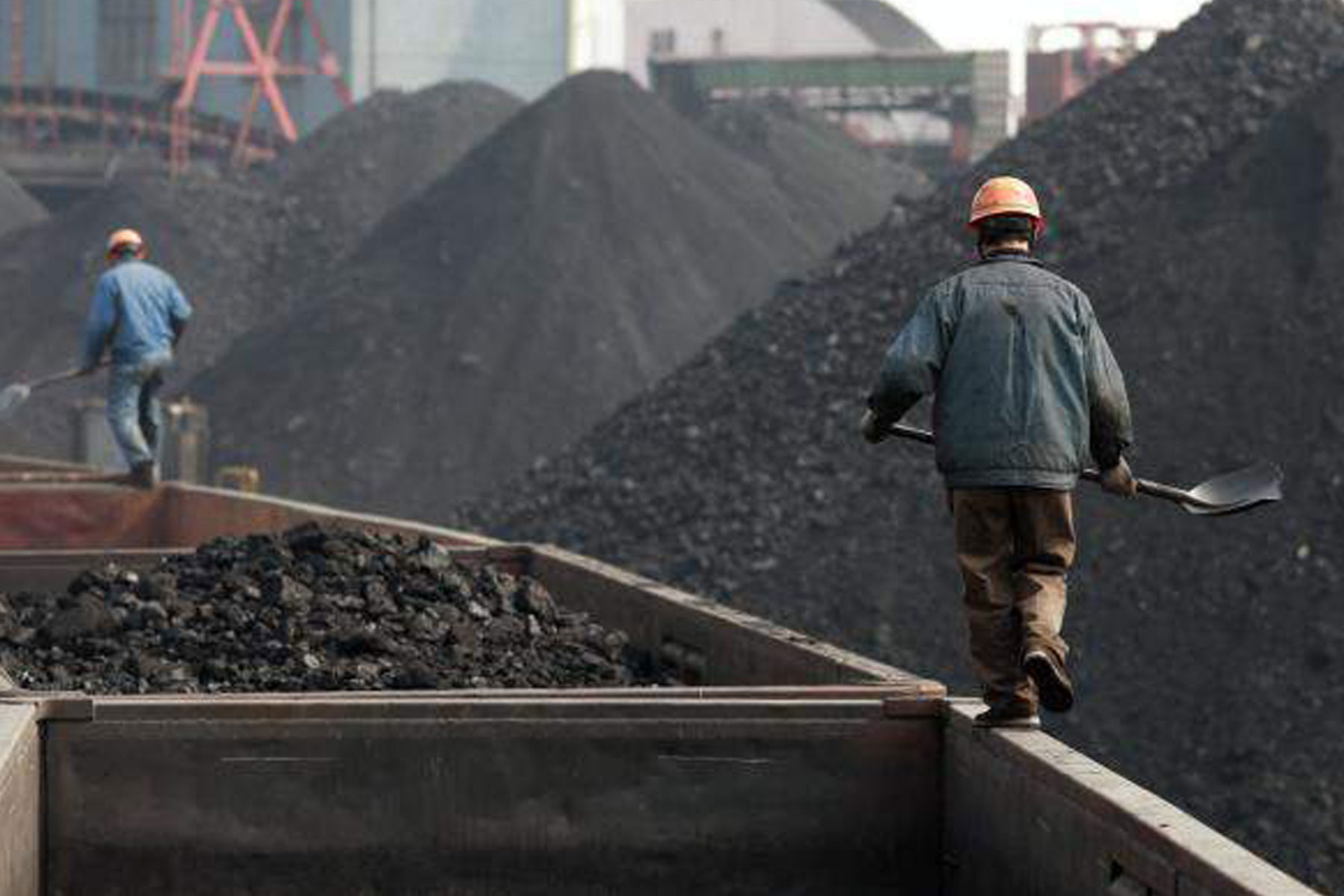
Radar | Sep 26,2021
Jul 9 , 2022
By José Luis Chicoma
A combination of domestic and global forces has pushed Peru into an acute food crisis, despite the country’s natural strength as a source of diverse, nutritious agricultural products. In fact, the country is a microcosm for a global food system that has proved woefully unequal to today’s challenges, writes José Luis Chicoma, former minister for Production for Peru and a former Yale World Fellow.
Peru is a food paradox. One of the countries that gave the world potatoes, tomatoes, and quinoa is teetering on the brink of a food crisis that looks set to be among the most severe in Latin America. With food insecurity (defined as a lack of reliable access to sufficient nutrition) already affecting almost half of the Peruvian population, today’s global fertiliser shortage and rising energy and food prices have sparked protests and social unrest.
Both Russia’s war in Ukraine and Peru’s own political leadership are to blame. Peru’s government, with its fifth Agriculture minister in less than a year and facing serious corruption allegations, has done little to find an alternative to Russian fertiliser, even though the country’s two main staples – rice and potatoes – are heavily dependent on it. But Peru’s challenges are also tied to problems besetting the world food system. Solutions thus will require multilateral action.
While current conditions have made matters worse, the Peruvian food system has been broken for decades, owing to global and domestic forces that have promoted export-oriented industrialised agriculture, homogenized diets, and dependence on imports for staple foods. In the process, Peru has sacrificed smallholder agriculture, food security, and biodiversity. Small-scale agriculture receives almost no state support, even though the sector employs more than 80pc of agricultural workers and accounts for 57pc of Peru’s total food supply. Most smallholder farmers must manage a vicious circle of low capacity, meager incomes, and food insecurity.
By contrast, the agricultural-export sector has grown substantially, turning Peru into a major global supplier of produce such as blueberries, avocados, and asparagus. The industry has long been a high political priority, securing substantial public investment, preferential tax treatment, and trade agreements that provide access to new markets, while domestic agricultural production is left exposed to subsidisded imports from rich countries.
These trends have been fueled by a decades-long global drive toward specialisation and trade liberalisation, a process that included agriculture adjustment policies forced on the developing world in the 1990s. Even though Peru is not a net food importer, its dependency on imports has increased from 10pc to 17pc between 2008 and 2021, especially in basic staples such as wheat. And while the country boasts dozens of native crops that are nutritious and easy to grow, these have fallen by the wayside as diets heavy with processed foods have become the norm globally.
As a result of these trends, the global food system’s domination by a small number of mega-corporations is mirrored in Peru. In a country with a deep love for rotisserie chicken, the poultry industry is concentrated in the hands of just two companies, and another company dominates the entire wheat-processing and oilseed industries. The same goes for dairy, which is controlled by a company that also happens to be the largest landowner in the country. Such concentration results in lower incomes for suppliers, many of them small-scale producers.
At a time when people need real food and the planet needs the Amazon, Peru is clearing forests to grow palm oil (used to produce processed food) and biofuels for cars. And now that high energy prices and biofuel mandates have created a surge in demand, the pressure on forests is likely only to increase.
To overcome the Peruvian food paradox, the Peruvian government must play a significant role in accelerating the transition to agroecology and sustainable fishing and aquaculture, and in elevating small-scale producers as a political priority. Pursuing these goals will also help protect biodiversity, increase the country’s resilience to climate change, and promote healthy, inclusive diets based on Peruvian produce. In particular, the government should source goods for its food program exclusively from small-scale farmers and fishers, and subsidise these diets with higher taxes on ultra-processed products.
But major changes are also needed well beyond Peru. Leadership from multilateral bodies like the G7 will be necessary to fix the broken global food system. To its credit, the G7 recently expressed a desire to “ensure that structures are permanently altered in such a way that developing countries are more able in the future to be self-sufficient, instead of being dependent on the global market.”
Achieving that worthy goal will require investments of at least 14 billion dollars a year – a fraction of the 540 billion dollars that governments spend annually on food subsidies (most of which are harmful to the planet and people). Yet, at the G7’s June 26-28 summit in Elmau, Germany, its members committed only five billion dollars to address food insecurity this year.
Policy shifts are also needed to support local small-scale producers instead of fostering industrial global food supply chains. We must curtail the power of big corporations within the global food system, and promote a shift to healthier, more sustainable food for human consumption – rather than allowing our agricultural systems to be oriented around the production of animal feed and fuel.
Our planet already produces more than enough food to sustain humanity. But our food systems are not fit for purpose. In Peru and elsewhere, financing, domestic political reform, and multilateral leadership hold the key to fixing what is so clearly broken.
PUBLISHED ON
Jul 09,2022 [ VOL
23 , NO
1158]


Radar | Sep 26,2021

My Opinion | Jun 24,2023

Fortune News | Jun 07,2020

Agenda | May 14,2022

Fortune News | May 11,2024

Radar | Jul 23,2022

Radar | Sep 19,2020

Fortune News | Jan 18,2020

Viewpoints | Jul 22,2023

Radar | Oct 12,2024

My Opinion | 132041 Views | Aug 14,2021

My Opinion | 128437 Views | Aug 21,2021

My Opinion | 126364 Views | Sep 10,2021

My Opinion | 123987 Views | Aug 07,2021





Dec 22 , 2024 . By TIZITA SHEWAFERAW
Charged with transforming colossal state-owned enterprises into modern and competitiv...

Aug 18 , 2024 . By AKSAH ITALO
Although predictable Yonas Zerihun's job in the ride-hailing service is not immune to...

Jul 28 , 2024 . By TIZITA SHEWAFERAW
Unhabitual, perhaps too many, Samuel Gebreyohannes, 38, used to occasionally enjoy a couple of beers at breakfast. However, he recently swit...

Jul 13 , 2024 . By AKSAH ITALO
Investors who rely on tractors, trucks, and field vehicles for commuting, transporting commodities, and f...

Jul 12 , 2025
Political leaders and their policy advisors often promise great leaps forward, yet th...

Jul 5 , 2025
Six years ago, Ethiopia was the darling of international liberal commentators. A year...

Jun 28 , 2025
Meseret Damtie, the assertive auditor general, has never been shy about naming names...

Jun 21 , 2025
A well-worn adage says, “Budget is not destiny, but it is direction.” Examining t...

Jul 13 , 2025 . By YITBAREK GETACHEW
The Addis Abeba City Revenue Bureau has introduced a new directive set to reshape how...

Jul 13 , 2025 . By BEZAWIT HULUAGER
Addis Abeba has approved a record 350 billion Br budget for the 2025/26 fiscal year,...

Jul 13 , 2025 . By RUTH BERHANU
The Addis Abeba Revenue Bureau has scrapped a value-added tax (VAT) on unprocessed ve...

Jul 13 , 2025 . By NAHOM AYELE
Federal lawmakers have finally brought closure to a protracted and contentious tax de...